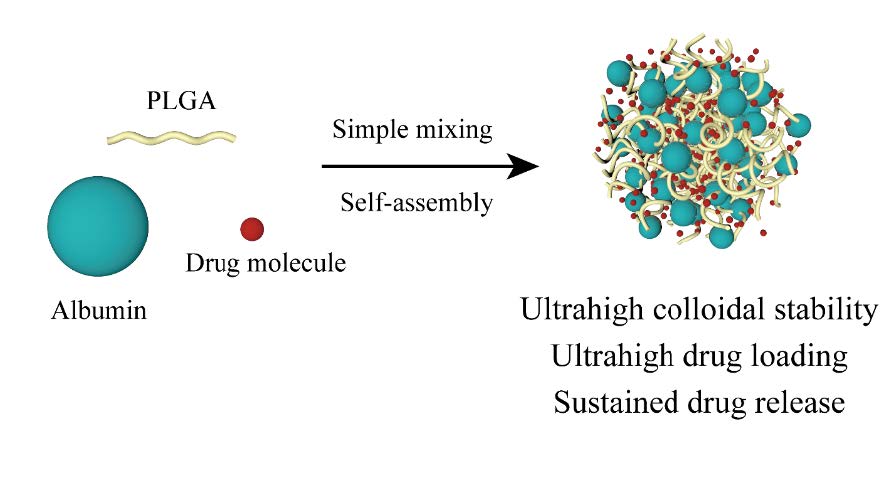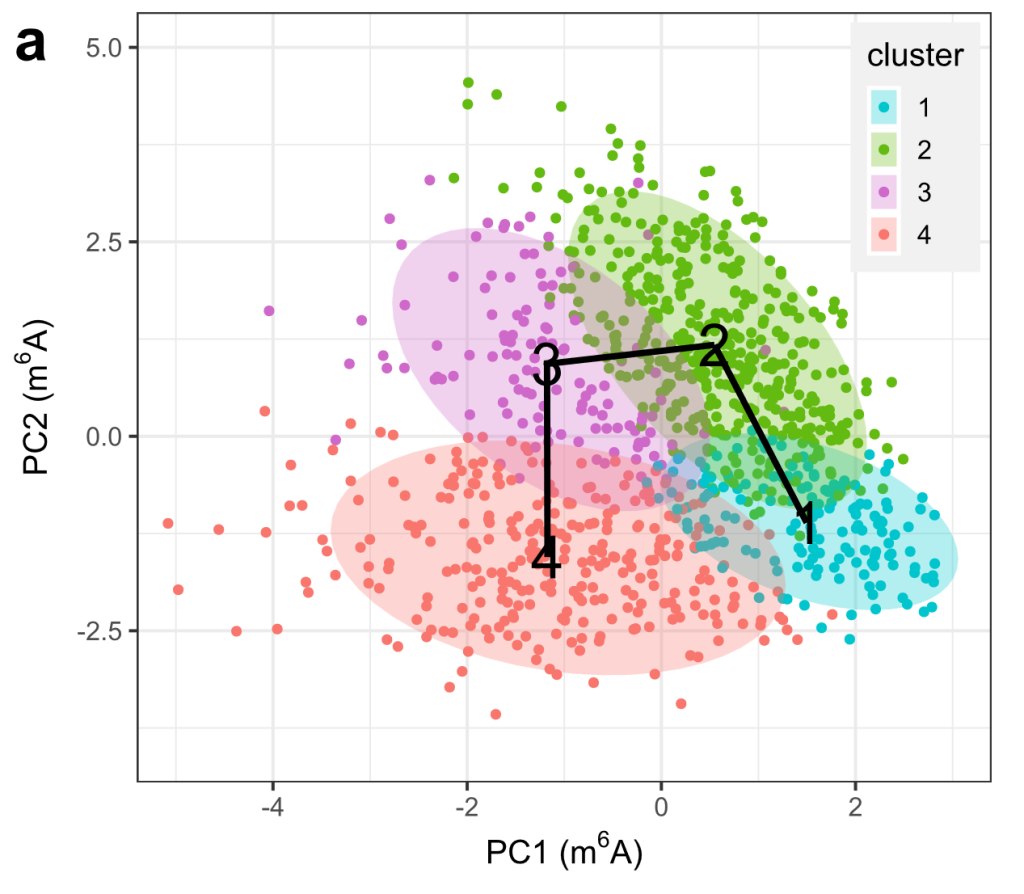20 Jun 2025
A new nanoparticle capable of carrying much higher doses of drugs while staying stable for extended periods could make treatments more effective and cause fewer side effects.
Scientists at Xi’an Jiaotong-Liverpool University (XJTLU) and Nanjing University in China have developed a new drug delivery system that could improve how treatments of cancers and other diseases are delivered. Their study, published in the journal ACS Applied Materials & Interfaces, describes a new type of nanoparticle made by combining a widely used medical polymer with a natural blood protein. These particles can carry much larger amounts of disease-fighting drugs and remain stable much longer than current nanoparticle systems.
For years, biodegradable plastics such as PLGA have been used to create nanoparticles that release medicine into the body slowly. These delivery systems are especially useful for diseases like cancer, which often require steady, controlled doses of medication. However, many of the nanoparticles used today tend to clump together over time and usually carry only a small amount of a drug. This limits their effectiveness and can increase the chance of side effects caused by the materials used to carry the medicine.
“We managed to solve two big problems at once,” says Dr Gang Ruan, Senior Associate Professor at XJTLU Wisdom Lake Academy of Pharmacy and Director of Jiangsu Province Key Laboratory of Cell Therapy Nanoformulation (Construction), who led the research. “These new particles are made by mixing a medical-grade plastic called PLGA with albumin, a protein found in blood. Albumin already plays a role in carrying substances through the body and is used in some current cancer drugs. When mixed with PLGA in the lab, they naturally come together to form tiny, stable particles that are much better than using albumin or PLGA alone.”
“One of the most exciting things is that these particles can hold up to 40% of the chemotherapy drug doxorubicin by weight,” says Dr Zixing Xu, who was a visiting PhD student at XJTLU from Nanjing University, and was a co-first author as well as co-corresponding author of the study. “That’s a big improvement over some existing treatments, such as Doxil, which hold about 11%. Carrying more drug with less material could help reduce side effects for patients.”
The team explored two ways of loading a drug onto the particles. In one approach, the drug was added during the formation of the particles. In the other, the drug seeped into already formed particles using natural concentration differences of both the drug and the solvent. They found that combining the two produced better results than using either method alone.
Tests in lab-grown cells and in animals showed that the new particles delivered drugs effectively while causing less damage to healthy tissues. Another major advantage was their long-term stability – the particles stayed intact for over six months, much longer than most current options. Preliminary studies of production scale-up indicate that these nanoparticles can be made at a larger scale without losing quality.
The researchers plan to continue exploring how these nanoparticles can be adapted to carry other types of drugs, potentially offering a more versatile and reliable platform for treating cancer and other chronic diseases.
The study, "Protein−Polymer Coassembly Supraparticles as a Polyester-Based Drug Delivery Carrier with Ultrahigh Colloidal Stability and Drug Loading", can be read here.

A new nanoparticle made from the medical polymer PLGA and the blood protein albumin can carry higher doses of drugs and remain stable longer, offering improved delivery and fewer side effects. Credit: Lin, et al. doi.org/10.1021/acsami.5c07710
20 Jun 2025
RELATED NEWS

RNA modifications in individual cells better understood with new modelling
A new tool called SigRM helps researchers study RNA modifications in individual cells, improving our understanding of how genes are regulated. Researchers h...
Learn more

New insights into migraine-related light sensitivity
Knowing the molecule behind light sensitivity in migraines could open the door to better treatments Scientists in the UK, Australia and China have identifie...
Learn more
Depression can cause period pain, new study suggests
Researchers identify potential genes linking depression to menstrual pain Women are twice as likely as men to suffer from depression and often experience mo...
Learn more







